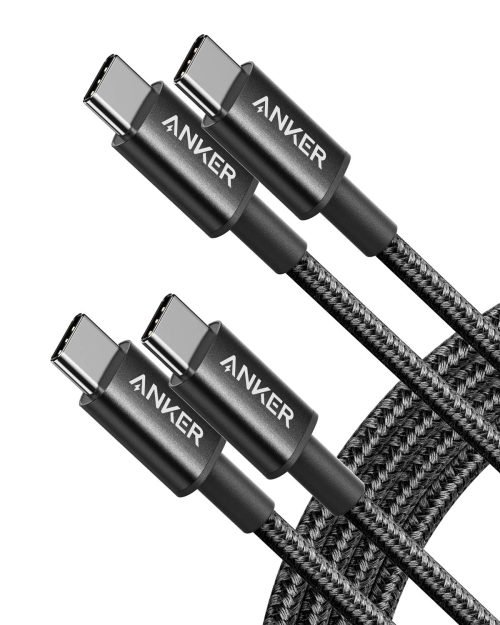
When it comes to choosing between AMOLED and LCD displays for your devices, it’s crucial to understand the distinctions to make an informed decision. The variance in technology used by these two types of screens can significantly impact the viewing experience and overall performance of your device. So, before you make a choice, consider diving deeper into the world of AMOLED and LCD displays to uncover the nuances that set them apart and determine which one aligns best with your preferences and needs.
AMOLED Vs. Lcd: Technology Overview
When comparing AMOLED and LCD displays, it’s essential to understand the underlying technology differences that set them apart. AMOLED (Active Matrix Organic Light Emitting Diodes) displays use organic compounds that emit light when an electric current passes through them. Each pixel on an AMOLED screen is self-illuminating, allowing for individual control over each pixel’s brightness. This results in vibrant colors, deep blacks, and energy-efficient displays.
On the other hand, LCD (Liquid Crystal Display) screens work by using a backlight to illuminate the liquid crystals that create the images. LCD displays rely on a backlight to shine through color filters and polarizers to produce images on the screen. While LCD screens are known for their brightness and visibility in well-lit environments, they may struggle to achieve the same deep blacks and contrast levels as AMOLED displays.
Understanding these fundamental technology variances between AMOLED and LCD displays is crucial in determining which type of screen best suits your needs.
Contrast and Color Reproduction
For optimal viewing experience, consider how contrast and color reproduction differ between AMOLED and LCD displays. AMOLED displays are known for their deep blacks and vibrant colors, providing a more vivid and immersive viewing experience. This is due to the individual pixels on an AMOLED screen being able to emit light independently, allowing for true blacks by turning off pixels completely. On the other hand, LCD displays rely on a backlight that illuminates the entire screen, making it challenging to achieve true black colors as the backlight is always on. This results in a lower contrast ratio compared to AMOLED screens.
In terms of color reproduction, AMOLED displays generally offer more saturated and dynamic colors, making images and videos appear more lifelike. LCD displays, while still capable of producing good colors, may sometimes appear slightly washed out when compared directly to AMOLED screens. The difference in color reproduction can impact how content is viewed, with AMOLED displays often favored for their richer and more vibrant color output.
Power Consumption and Efficiency
Consider how AMOLED and LCD displays differ in terms of power consumption and efficiency. When it comes to power usage, AMOLED screens are known for their energy efficiency. Unlike LCD displays that require a backlight to illuminate the screen, each pixel in an AMOLED display produces its light, allowing for better control over power consumption. This means that when displaying darker colors or black backgrounds, AMOLED screens can actually turn off individual pixels, resulting in lower power usage compared to LCD screens, which keep the entire backlight on regardless of the content being displayed.
In terms of efficiency, AMOLED displays have the upper hand as they can be more power-efficient in certain scenarios. For example, when viewing content with lots of black areas, like watching movies with letterboxing, AMOLED screens can save power by turning off the pixels displaying black, whereas LCD screens would keep the backlight on throughout the entire display. This efficiency can lead to longer battery life on devices equipped with AMOLED displays.
Durability and Longevity
AMOLED displays typically offer superior durability and longevity compared to LCD screens. The organic compounds in AMOLED panels degrade slower than the liquid crystals in LCD displays, contributing to a longer lifespan. This means that your AMOLED device is likely to maintain its vibrant colors and sharp contrast for a more extended period.
Moreover, AMOLED technology doesn’t require a backlight like LCD screens do. As a result, there are fewer components that can fail over time in AMOLED displays. This inherent simplicity contributes to the overall robustness of AMOLED screens, making them less prone to malfunctions and flickering issues that can sometimes plague LCD panels.
In terms of durability, AMOLED displays also excel due to their construction. The lack of a separate backlight layer allows AMOLED screens to be thinner and more flexible, making them less susceptible to damage from impacts or bending. This enhanced resilience can be particularly beneficial in mobile devices that are subject to daily wear and tear.
Trending Products



![Apple Watch Series 10 [GPS + Cellular 46mm case] Smartwatch with Silver Aluminium Case with Denim Sport Band – M/L. Fitness Tracker, ECG App, Always-On Retina Display, Water Resistant](https://beastlytechs.com/wp-content/uploads/2025/03/61szkHk7xfL._AC_SL1500_-499x593.jpg)










